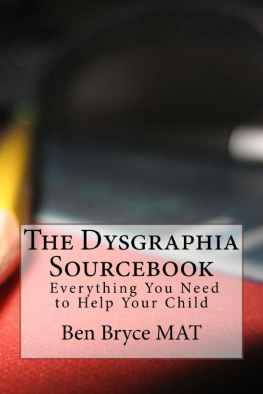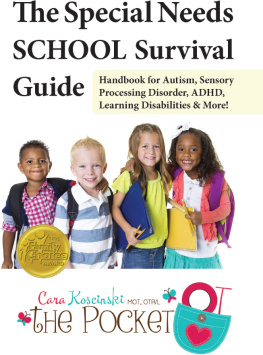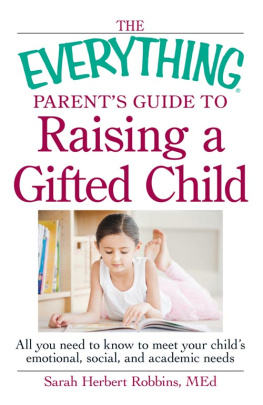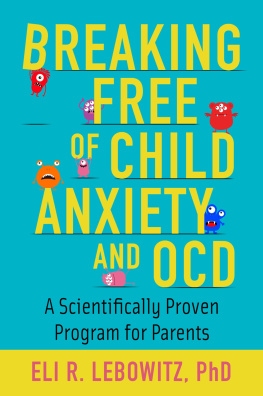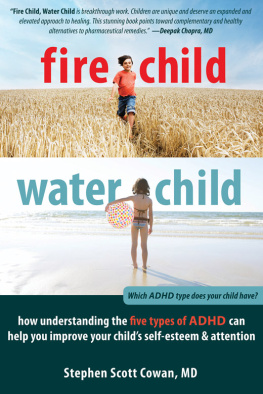The DysgraphiaSourcebook:Everything You Need to Help Your Child
Ben Bryce, MAT
Bill Stephens MD (Ed.)
Smashwords Edition
****
Copyright 2014 Ben Bryce & BillStephens
Smashwords Edition, LicenseNotes
This ebook is licensed for yourpersonal enjoyment only. This ebook may not be re-sold or givenaway to other people. If you would like to share this book withanother person, please purchase an additional copy for eachrecipient. If youre reading this book and did not purchase it, orit was not purchased for your use only, then please purchase yourown copy. Thank you for respecting the hard work of thisauthor.
Contents
Dysgraphia is a learning disabilitythat affects the ability to write. It is different from anintellectual disability. A person with an intellectual disabilityhas limitations with mental functioning and in skills likecommunication or taking care of themselves; people of normalintelligence have dysgraphia in spite of normal intelligence.However, dysgraphia often overlaps with other learning disabilitieslike speech impairment, attention deficit disorder or developmentalcoordination disorder.
Although a fairly uncommon disorder,many famous people have dysgraphia including the author AgathaChristie, American General George Patton, actor and director HenryWinkler and the scientist Thomas Edison.
The word dysgraphia is derived fromGreek:
Dys = impaired
Graph = writing by hand.
The general signs of dysgraphia differaccording to which type of dysgraphia your child has. A lowself-esteem is common for all ages. Your child may have some, orall of the following symptoms:
Ages 4-6
Cramped or unusual pencilgrip
Problems with learningthe alphabet, including the inability to learn the letters in theirname
A dislike of writingand/or drawing
Avoidance or poorperformance of fine motor skills, like drawing or holding a pencil,painting or cutting with scissors
Frustration with drawingor writing
Inability to composetheir own words (copying may be okay)
Ages 7-12
Talking to oneself whenwriting
Watching their hand whenwriting
Cramped or unusual pencilgrip
Strange paper position orbody/wrist position
Unfinished words oromitted words
Poor spelling
Illegiblehandwriting
Poor spacing betweenwords
Mixing of upper case andlower case letters
Getting tired easily ofwriting
Slow, labored writing orcopying (even if the writing is legible)
Teens and Adults
Watching their hand whenwriting
Talking to oneself whenwriting
Cramped or unusual pencilgrip
Strange paper position orbody/wrist position
Mixing print and cursivewriting
Poor organization ofwriting ideas
Difficulty with mainideas and supporting sentences
Avoidingwriting
Noticeable gap betweenspeech and written work
Taking a long time tocomplete written word assignments
Problems with spellingand grammar
Slow, labored writing orcopying (even if the writing is legible)
Diagnosis
Dysgraphia cannot be diagnosed just bylooking at a handwriting sample. A qualified clinician, like anoccupational therapist, must directly test your child. The testwill include writing sentences and paragraphs and copyingage-appropriate writing. The clinician doesnt just look at thefinished handwriting sample; they will also look at how your childwrites. This includes:
Posture
Position
Pencil grip
Fatigue
Cramping
Tremor of the writinghand
Hand-eyecoordination
The examiner might also checkfine-motor speed by asking your child to tap their fingers and turntheir wrists.
English is one of the worlds mostcomplex languages to learn how to read and write. The complexity ofa language's orthography is directly linked to how difficult it isto learn to read that language.
An orthography is the way language iswritten. It includes the rules for spelling, grammar, punctuation,hyphenation, word breaks and capitalization. If a language soundslike it is spelled, its easier to read than languages with complexrules. English has a deep orthographic structure with spellingpatterns at several different levels like letter-soundcorrespondences, syllables, and morphemes (the smallest grammaticalunit in a language). Almost every letter in English can be soundedmore than one way (think of how many ways you can pronounce theletter e). In comparison, languages like Spanish and Finnish arespelled how they sound, making them easier to learn to read andwrite.
Different types of writing systems(e.g., alphabetic as compared to logographic writing systems foundin Japanese and Chinese systems) require different parts of thebrain in order to read, write, and spell. Therefore, children withreading problems in one language might not have one in a languagewith another orthography.
Current research suggests thatdysgraphia is caused by problems with orthographic coding inworking memory. Orthographic coding refers to the ability to storeunfamiliar written words (along with the language rules) intemporary or permanent memory. Coding of orthographic informationis the ability to represent the unique array of letters thatdefines a printed word, as well as general attributes of thewriting system such as sequential dependencies, structuralredundancies, letter position frequencies, and so forth(Vellutino, Scanlon & Tanzman, 1994, p. 314). Put like that,you can see that writing a single word on a piece of paper torepresent something is a complex process.
Dysgraphia is also in part due tounderlying problems in the orthographic loop and graphomotoroutput. The orthographic loop of working memory integrates theletters and written words in the minds eye with hand and fingermovements needed for writing.
Development of orthographic skills islargely attributed to reading and exposure to printed words(Stanovich & West, 1989; Rayner et al., 2001). Exactly how thisprocess works isnt clearly understood, but what is known is thatrepeated exposure to letters and words allows the brain to seepatterns and store words and letters. If you have dysgraphia, thebrains inability to store the words and letters as pictures meansthat you have trouble remembering and writing thosewords.
Some research suggests that dysgraphiamay be a hereditary condition. Several studies have shown strongevidence for a biological basis for dyslexia, where more researchhas been performed than with any other learning disability. Manystudies are also looking at a genetic link fordysgraphia.
Research shows that that three kinds ofspecific written language disabilities dysgraphia, dyslexia(impaired word decoding and spelling), and selective languagedisorder (oral and written language learning disability, OWL LD)can be diagnosed and characterized depending on which part of theworking memory component is affected:
Dyslexia : Spoken and written wordform and syntactic storage (storage of syntax of words) andprocessing units.
Dysgraphia : Phonological (the partof the brain that deals with sound or phonological information) andorthographic loops (the part of the brain that deals with themethod for writing a language).
OWL LD : Supervisory attention/executive functions like selectiveattention, attention switching, and sustained attention.
Each working memory component isthought to be associated with different genes (Berninger andRichards, 2010). The earliest evidence that dyslexia is genetic orruns in the family dates from the early 1900s (Hinshelwood, 1907;Stephenson, 1907). At the time of writing, it is thought that, likedyslexia, dysgraphia runs in families. However, the specific genesthat may be responsible for dysgraphia have not beenidentified.
There are three types ofdysgraphia:
DyslexicDysgraphia
A person with dyslexic dysgraphia(sometimes called processing dysgraphia) can copy text, color anddraw close to normal. However, spelling words out loud (oralspelling) is below age level and written text is illegible(unreadable). This type of dyslexia is caused by issues with theorthographic loop. The orthographic loop helps with temporarymemory and permanent memorization of words and letters. People withprocessing dysgraphia have trouble forming images in their head orforming words and letters in their minds eye.
Next page
